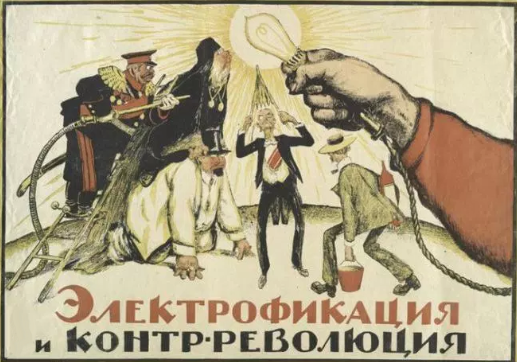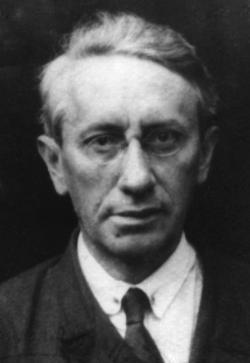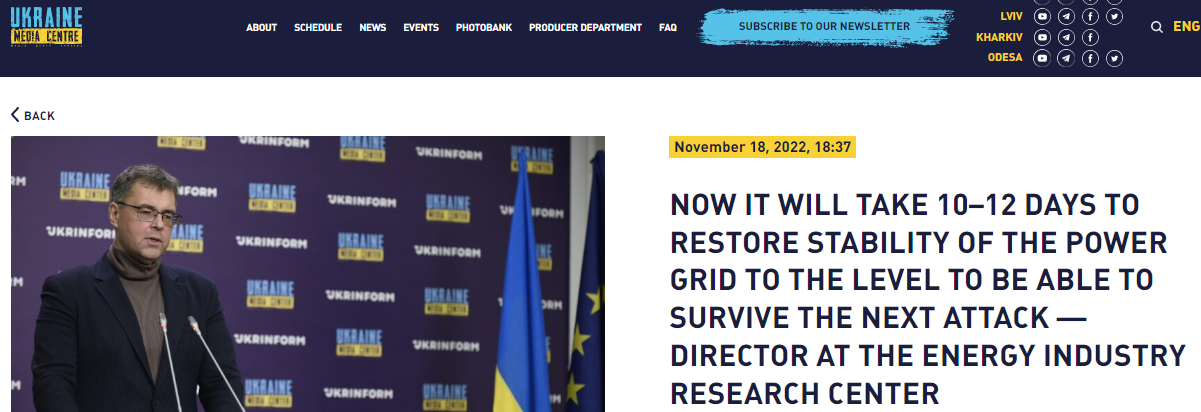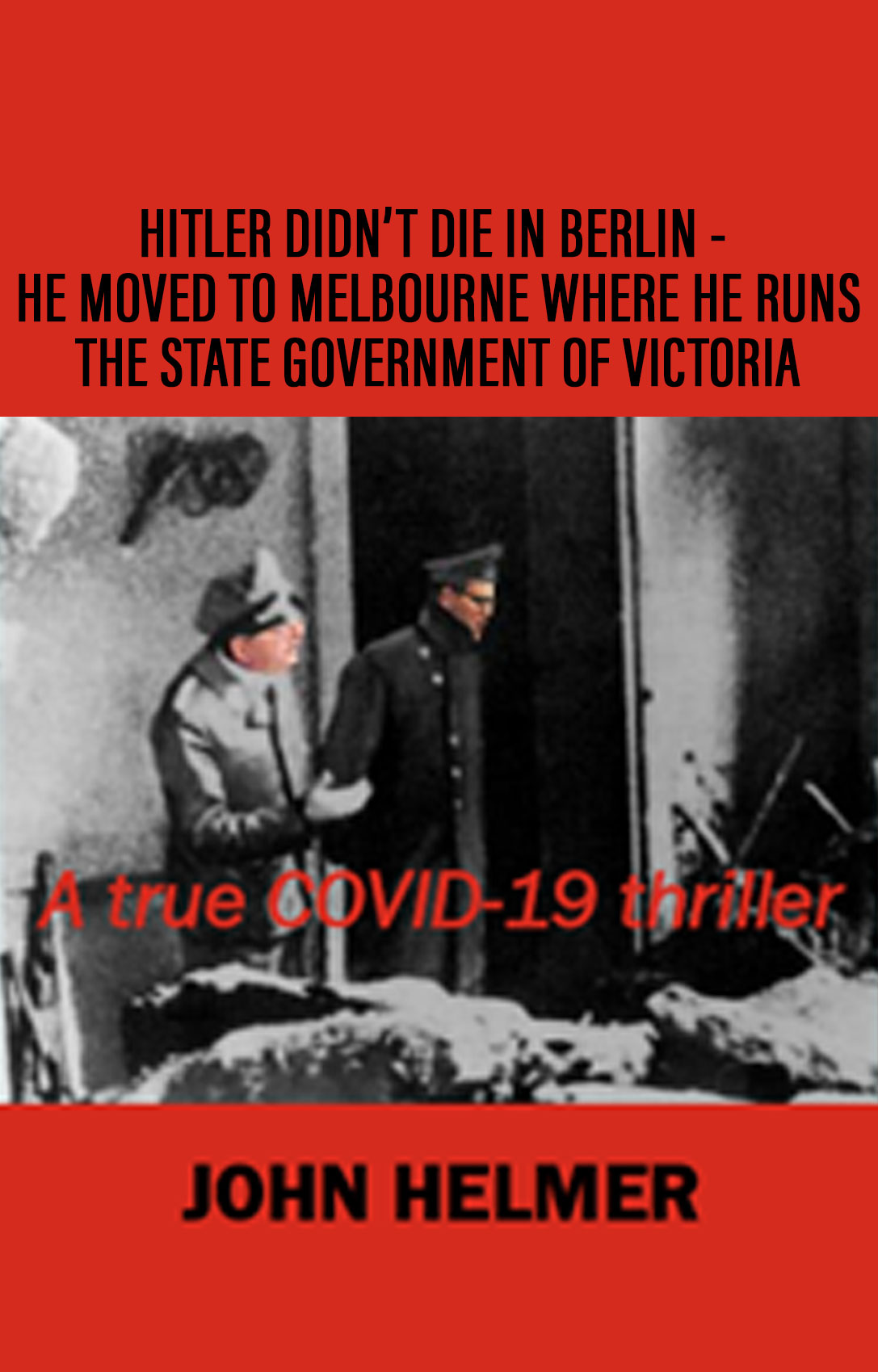

By John Helmer, Moscow
@bears_with
There isn’t a Russian over the age of forty-five – 40 million people — who doesn’t know by heart Vladimir Lenin’s report on the work of the Council of People’s Commissars of December 22, 1920.
“Communism is Soviet power plus the electrification of the whole country”, Lenin said. “Our best men,” he went on, “have accomplished the task we set them of drawing up a plan for the electrification of Russia and the restoration of her economy… We must see to it that every factory and every electric power station becomes a centre of enlightenment; if Russia is covered with a dense network of electric power stations and powerful technical installations, our communist economic development will become a model for a future socialist Europe and Asia. (Stormy and prolonged applause.)”
With money and media from London to Washington and Wall Street, the regime of Boris Yeltsin generated its alternative to Lenin’s electrification. This privatised Russia’s generating plants and distribution grid; subsidised electricity supplies to London Stock Exchange-listed mines and smelters; stole retail consumer payments; and converted collateralised bank loans into London and New York mansions and bank accounts. The prolonged and stormy applause for all of that was in the Financial Times and Wall Street Journal.
The Russians profiting included Anatoly Chubais, Mikhail Prokhorov, Leonid Lebedev, Valentin Zavadnikov, Vadim Belyaev, and Mikhail Abyzov. None of them is sanctioned; most are offshore – except for Abyzov who’s the only one of the electrification gang who is in a Russian prison for his crimes.
But there’s another electrification weapon Russia is using to wage its defence against the US and NATO war. It was first anticipated and reported by the little known Moscow writer, Sigizmund Khrzhizhanovsky (1887-1950). In 1939 he called the weapon “yellow coal” and “kinetic spite”.
The weaponising would start at Harvard University, Khrzhizhanovsky said. First the Americans, then the Germans would convert human hatred into a new source of energy powering everything which had been dependent until then on coal, gas, and oil. /
The Stavka has just reversed the direction of the weapon. Not only are the lights out in Lvov, Kiev, Dniepropetrovsk, and Odessa, but there’s no electricity to pump water for them to flush Russia hatred down their toilets.

This is how the kinetic weapon operated in 1939, according to Khrzhizhanovsky (right): “During the first months of industry’s gradual changeover to yellow-coal energy,” he wrote, “it was feared that the reservoirs of spite deep inside humanity might soon be exhausted. Various projects, ancillary to [Harvard professor] Leker’s own, proposed methods of stimulating spite artificially — in case natural supplies should fall off. Thus the famous ethnographer Krantz published his Classification of Interethnic Hatreds, a two-volume work asserting that humanity should be split into the smallest possible ethnicities so as to produce the maximum ‘kinetic spite’ (Krantz’s term). But the anonymous author of a pamphlet entitled ‘Once One Is One’ went further: he advocated reviving the ancient adage bellum omnium contra omnes, the war of all against all. The war contra omnes of post-history would, he reasoned, differ radically from that of pre-history. If the ‘pre’ set all men against each other because of their lack of an ‘I’, of humanity, the ‘post’ would create a conflict between excesses of ‘I’: once put into practice, every ‘I’ would lay claim to the whole earth and all its riches. This eminently logical philosophical system would saddle the earth with some three billion absolute monarchs and, therefore, countless wars of aggression and spite, the approximate number of which could be determined by calculating all possible combinations of one individual against three billion other individuals and multiplying that number again by three billion.”
In our time, this is how the Stavka’s electric war is being waged, according to electrical engineering experts. Firstly, the GRU and other Russian military intelligence sources gather Ukrainian energy data on every emission source, including electromagnetic pulse, heat, sound waves, carbon dioxide and other gas releases, and diesel particulate matter from the substitute, emergency and private generators which have been activated as the national grid has been disrupted or destroyed. This is how some of these detection systems work when they are engaged in non-military applications. In commercial industry, the technology to perform detection, measurement, and target discrimination has been evolving for decades, so it can be backward or forward-engineered as the Russians see fit now.
“You can be sure,” advises a NATO veteran of infrastructure warfare operations, “that as the main grid goes down, and the Ukrainian government offices, military commands, and business elites switch to private generators and diesel-fuel sources, Russian engineers are working on warheads which will home in on their heat and emission signatures.”
“They will be roaming over the cities and command bunkers with instruments calibrated to detect n of x. They will then convert the emission data into locational coordinates, programme the drones and missiles, home in and destroy.”
Open Ukrainian sources are reporting not only that the destruction of the main grids of most of the targeted cities is approaching non-repairable, but also that the majority of the Ukrainian population can see with their own eyes that the elite neighbourhoods have light, heat and water while they do not. “As to heat and light in the elite homes”, says a source from Kiev and Odessa, “the dachas have generators. In Kiev 20% of the buildings in the city have lights and water; 80% do not. This 20% could have light because they are connected to separate substations or are in emergency supply systems. Some buildings might have them too. Those are private arrangements. In Odessa nearly all buildings are seeing cuts.”
Another source says: “I heard this evening from some more friends in Dniepropetrovsk and Odessa that the blackouts are now absolute and across the board. In Kiev many dachas and apartments have their own generators. Electricity is being rationed for the water stations.”

Alexander Kharchenko, Director at the Energy Industry Research Center, Kiev: “The condition is extremely difficult. After Monday’s strike [November 14], the system is really badly damaged and we have not yet had time to restore it to the level when we will be able to survive the next attack. I mean the situation where an uncontrolled exclusion of at least certain regions from grids may begin, the so-called blackout, after which it will take quite a long time to restore power and electricity supply’…The Director at the Center noted that despite the fact that the attack was very powerful, the power engineers were working tirelessly — restoration work continues.”
“The question is, who is getting the lion’s share of what’s certainly a short supply of diesel fuel for those gensets [private generators]?” the NATO veteran comments. “I wonder also how many linemen are being injured or killed by those generators backfeeding on to utility lines due to improper connections.”
This open post from an Odessa city resident is explicit. “For the last 24 hours no light, no water, no electricity… where there are little children you can’t go to cook, you can’t go to the toilet to flush… This is the city of Odessa. There are elite houses in zones where there hasn’t been the tiniest bit of switching-off of lights. Not at all. But for us it’s not fair. Why is it like that?… Please deal with this… I can see that Trukhanov does nothing for the city.”

Source: https://drive.google.com/
Gennady Trukhanov is the mayor of Odessa. Until the latest round of Russian raids, he had convinced most Odessans the city would not be affected as severely as Kiev or Lvov, and the fate of the city statue of Catherine II was more pressing. Read that story from November 9 here.
A source in Kiev claims that from the ground in Maidan Square the lights appear to be burning in the elite apartments, including the one listed on Sofiivska Street owned by Canada’s deputy prime minister Chrystia Freeland. This cannot be corroborated.
A British Broadcasting Corporation (BBC) broadcast from the centre of Kiev on Friday night, November 18, failed to detect or comment on the lights visibly burning in elite apartments in the background. The BBC headlined its report: “Leave if you can to save energy – Ukraine power boss….The head of Ukraine’s biggest private energy firm says people should consider leaving the country to reduce demand on the country’s power network. ‘If they can find an alternative place to stay for another three or four months, it will be very helpful to the system,’ DTEK chief executive Maxim Timchenko told the BBC.”

Source: https://www.bbc.com/
According to the latest data release by the Polish Border Guard for Ukrainian movements into and out of Poland on November 18 and 19, there is no evidence of a refugee surge yet.
Moscow sources believe this stage of the electric war will reach its tactical culmination in the Russian terms of armistice. These do not mark the end of the war; the Russian terms to end that were tabled for the US and the NATO command in the two non-aggression treaties of December 17. They were summarily dismissed by US Secretary of State Antony Blinken on January 21.

Source: https://mid.ru/
Short of an agreement on those terms, Moscow sources believe the Stavka objective remains the de-militarization and de-Nazification of the regime in Kiev and Lvov. De-electrification is working to achieve these objectives east of the Dnieper River and along the coastline to Odessa. But the sources believe there must also be an electric war barrier along the west bank of the Dnieper – this must be deep enough to protect the east from the long-range artillery, missile, and ground unit attacks which continue across the line of contact with the four new Russian regions.
Military and political discussions in Moscow of how deep this barrier must be are far from decided. In one scenario there would be a West Bank strip to a depth of 100 kilometres fully electrified and monitored to detect and prevent Ukrainian and NATO military movements of any kind. There are many US precedents for this; they began with the Pentagon’s Operation IGLOO WHITE in 1966, early in the Vietnam War. The border barrier and interdiction technologies of the US, NATO, and Israel have advanced far beyond that early start. The Stavka’s electric war technologies can therefore be applied next to enforcing a de-militarized zone in the Ukraine in which there will be no movement at all. No movement means no habitation of the area.
Because the Ukrainians have been requesting 300-km range artillery and missile weapons supplied by the US and the NATO allies, an even deeper zone of de-militarization with habitation may be an additional condition in the Russian armistice proposal.
“Now the geography is different,” Foreign Minister Sergei Lavrov said in July. “Take the HIMARS. [Ukrainian] Defence Minister Alexei Reznikov boasts that they have already received 300-kilometre ammunition. This means our geographic objectives will move even further from the current line. We cannot allow the part of Ukraine that Vladimir Zelensky, or whoever replaces him, will control to have weapons that pose a direct threat to our territory or to the republics that have declared their independence and want to determine their own future.”
“Question: How can this be arranged, technically? This is our territory. Then there are the republics that will accede to us. In fact they already have – the Kherson and Zaporozhye regions. … Further west, there is the territory controlled by Vladimir Zelensky. They have a common border. So either there should be a 300 kilometre buffer zone or something between them, or we need to march all the way to Lvov inclusive.”
“Sergei Lavrov: There is a solution to this problem. The military know this.”
NOTE: The lead image is a Russian poster of 1921, “Electrification and Counterrevolution”, illustrating what Lenin’s proposed electrification programme for the country would expose of the machinations of the tsarist army command, the Church, and the wealthy.











Leave a Reply